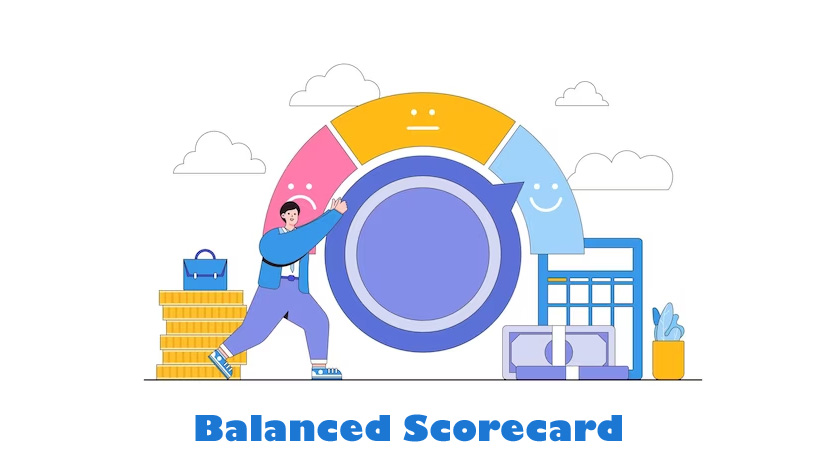A balanced scorecard is a strategic management performance matrix to identify and improve internal business areas and resulting external outcomes. It is used to measure and provide feedback to various organizations. These balanced scorecards are usually used in Japan, the UK, and the US. In this method, it is essential to collect The data to provide quantitative results, and later, the executive gathers this information and interprets it.
Originally balanced scorecard. It was meant for for-profit companies and later adopted by non-profit organizations and government agencies. Intellectual companies are also used for training knowledge to provide information that gives it a competitive advantage in the market. Balanced scorecards have four separate areas that need to be analyzed:
Learning and Growth
Business Process
Customers
Finance
The balanced scorecard will provide information about the form as a complete process when viewing company objectives. It is also used to develop strategic initiatives and goals. This will be done by assigning projects and tasks to different areas of the company to boost the company’s financial and operational efficiencies.
This balanced scorecard has many benefits, like allowing businesses to gather information and data into a report instead of dealing with different software or apps. This will enable the company to save time, resources, and money. All they need to do is execute reviews to improve procedures and operations.
It helps companies to reduce their reliance on inefficient processes. This is called sub-optimization; this will often result in reduced productivity, leading to higher costs and less revenue that can break the company’s brand name.
Apart from financial track recording, it also provides insights into the firm service and quality delivered to the consumers. This will help in providing guidance and support. This will also help communicate their goals and priorities to meet the company’s future goals.

